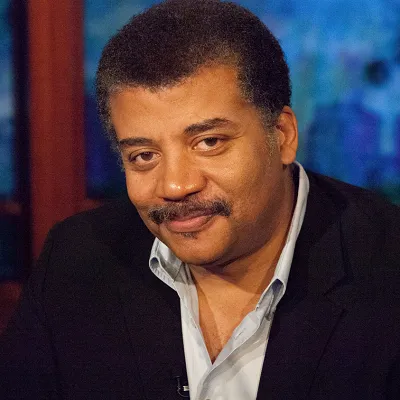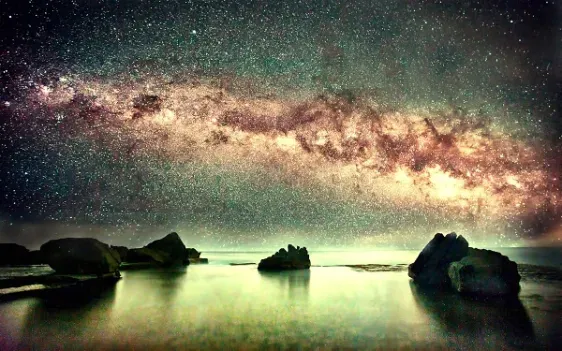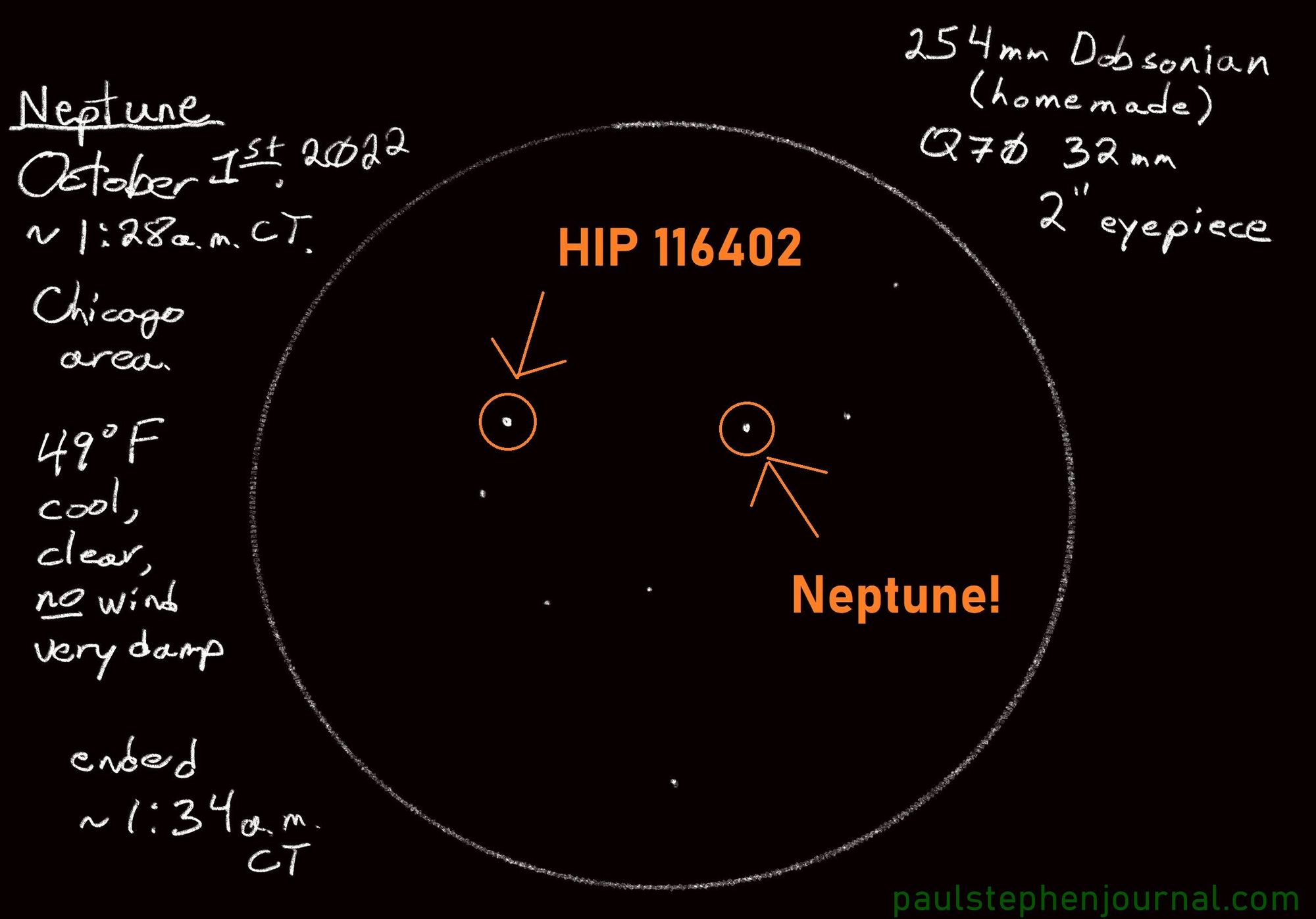As told by Neil deGrasse Tyson in his co-authored book, Welcome to the Universe: An Astrophysical Tour:
“For thousands of years, all we could do was measure the brightness of a star, its position in the sky, and maybe note its color. This was classical astronomy. It became modern astrophysics when we started obtaining spectra, because spectra allowed us to understand chemical composition, and our accurate interpretation of spectra came from quantum mechanics.
“We had no understanding of spectra until quantum mechanics was developed. Planck introduced his constant in 1900, and in 1913 Bohr made his model of the hydrogen atom, with electrons in orbitals based on quantum mechanics, which explained the Balmer series.
“Modern astrophysics really didn’t get under way until after that, in the 1920s. Think about how recent this is. The oldest people alive today were born when astrophysics was starting. For thousands of years, we were essentially clueless about stars, yet in one human lifetime we have come to know them well.
“In 1926, Edwin Hubble discovered that the universe is bigger than anybody had thought, because he revealed that galaxies live far beyond the stars of our own Milky Way. And in 1929, he discovered that the universe is expanding. These leaps of understanding happened in the lifetime of people alive today. Extraordinary.
“I often ask myself, what revolutions await us in the next several decades? What cosmic discoveries will you witness that you can tell your descendants about?”
– Neil deGrasse Tyson





